Liposuction surgery can cause some harm to the body, but the risks are controllable. The key is to choose a reputable hospital and an experienced surgical institution. The risks include infection, bleeding, fat embolism, etc. After the surgery, there may be skin unevenness, swelling, pain, etc. To reduce injury, a comprehensive physical examination is required before surgery, and strict adherence to nursing requirements is required after surgery.
1. Surgical risks and injuries
Liposuction surgery involves negative pressure suction of fat, which can cause certain trauma to the skin and subcutaneous tissue. Infection is a common risk, which may be related to improper postoperative care or inadequate surgical environment. The risk of bleeding is related to surgical procedures and patient coagulation function, and can be life-threatening in severe cases. Fat embolism is a rare but serious complication, and the entry of fat particles into blood vessels may lead to pulmonary embolism or cerebral embolism. Postoperative skin unevenness is related to the doctor's technique and the uniformity of fat removal, while swelling and pain are common postoperative reactions that usually alleviate over time.
2. Preoperative Preparation and Hospital Selection
To reduce surgical risks, a comprehensive physical examination is required before surgery, including blood routine, coagulation function, electrocardiogram, etc., to ensure that the physical condition is suitable for surgery. Choosing a reputable hospital and experienced doctors is crucial. A reputable hospital has complete equipment and strict disinfection, and experienced doctors can better grasp the amount of fat removal and surgical operations, reducing complications. Fully communicate with the doctor before surgery, understand the surgical plan and expected results, clarify one's own needs and surgical risks.
3. Postoperative care and recovery
Postoperative care directly affects the recovery effect and the occurrence of complications. After surgery, it is necessary to wear shapewear to help tighten and shape the skin, usually for 1-3 months. Pay attention to wound cleanliness, avoid infection, undergo regular check ups, and promptly address any abnormal situations. After surgery, maintain a light diet and avoid spicy and stimulating foods. Eat more foods rich in protein and vitamins to promote wound healing. Moderate activity helps with blood circulation, but avoid vigorous exercise to prevent wound rupture or bleeding. Liposuction surgery can cause some harm to the body, but by choosing a reputable hospital, experienced doctors, and strict postoperative care, the risks can be controlled. A comprehensive physical examination before surgery and strict adherence to nursing requirements after surgery can effectively reduce complications and achieve ideal results.

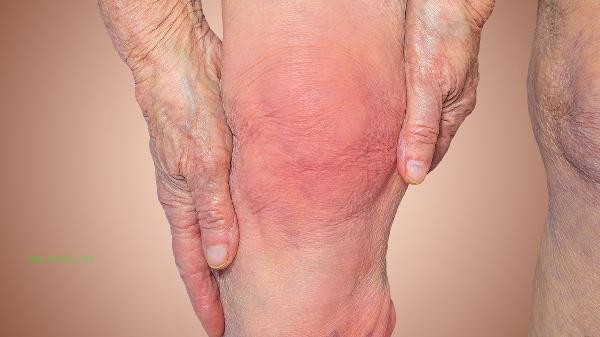
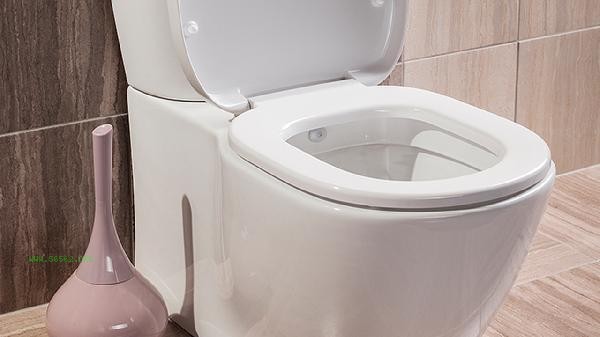
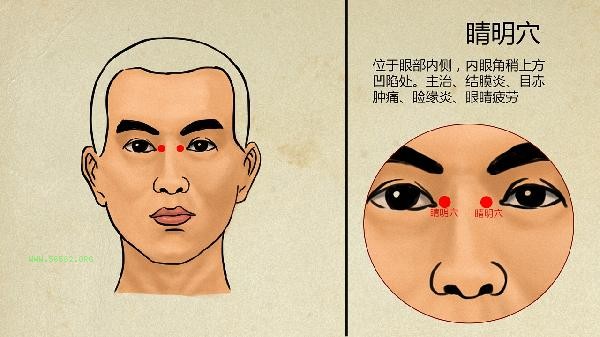
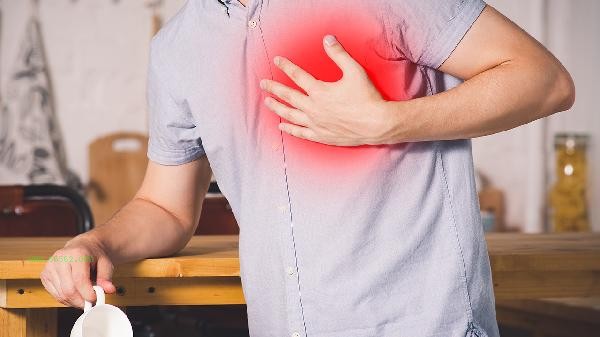
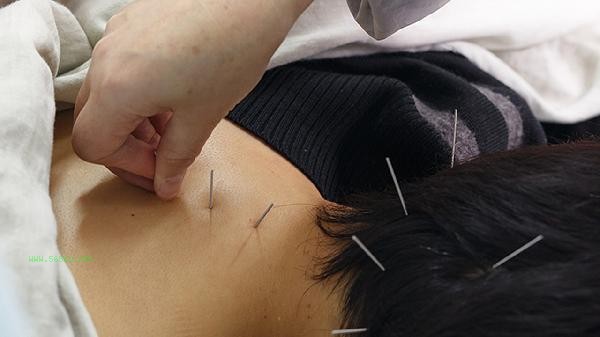


Comments (0)
Leave a Comment
No comments yet
Be the first to share your thoughts!